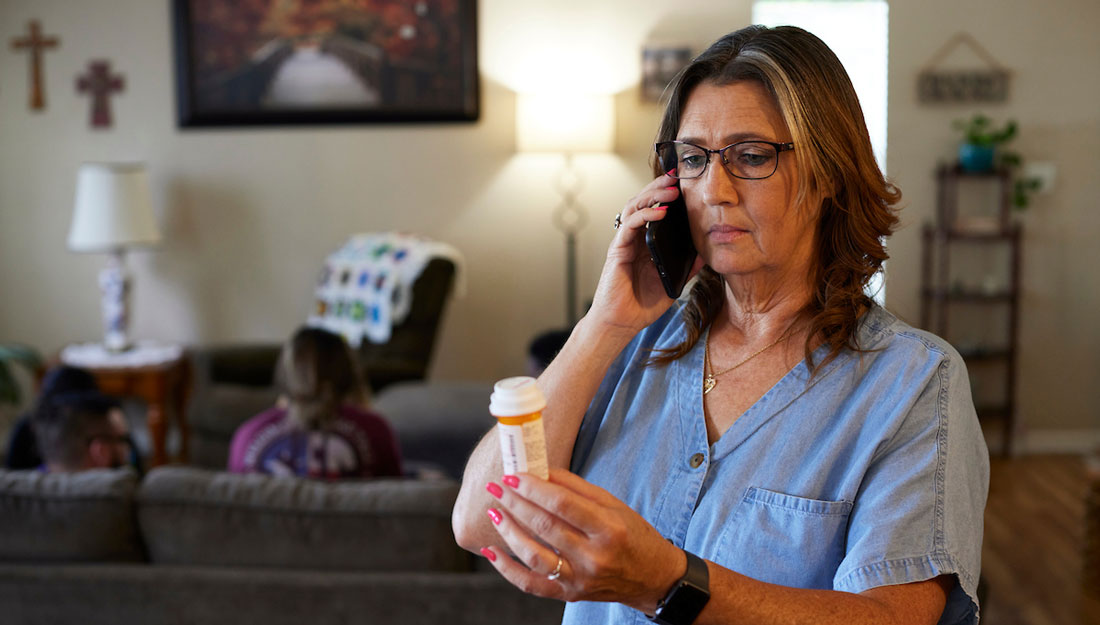- Dominic Hernandez
- Community, Healthy Living, Show on VR homepage, Trending
4 common meal prep mistakes
Don’t let your meal prep come back to bite you
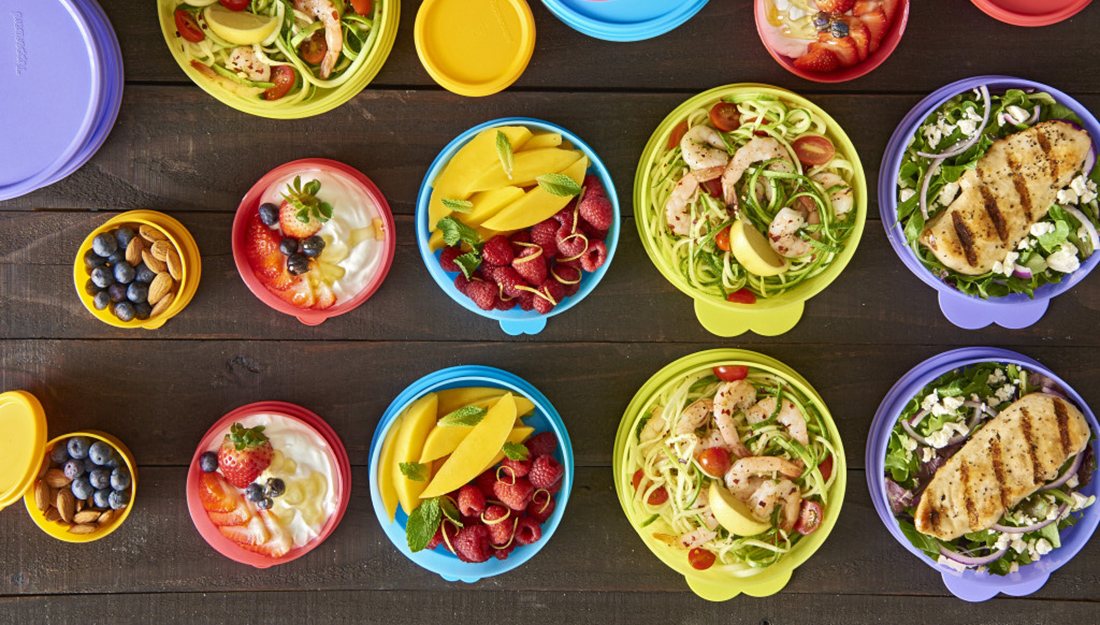
Meal preparation, or meal prepping, is when you make your meals for the weekdays in advance, and it has a lot of benefits. It’s a great way to experiment with new and healthy recipes and avoid eating spontaneous fast food or other unhealthy choices that may tempt you. Still, as with any other kitchen adventure, it’s important to be smart and avoid making yourself sick. Whether you’re a kitchen novice or a culinary wizard, experts from the Texas A&M College of Nursing describe common problems that can happen when you are meal prepping.
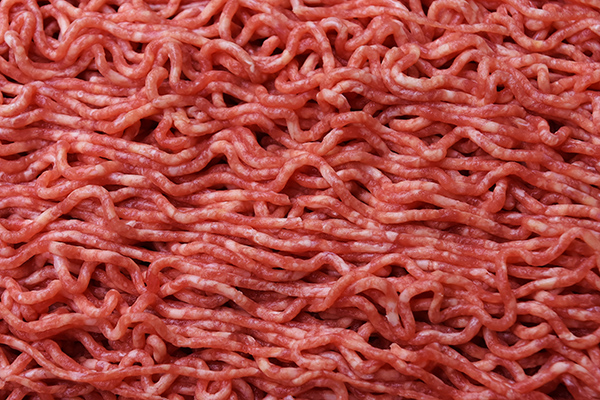
Cross contaminating your work surface
Nothing can put a fork in your meal prepping like some food poisoning, and having raw meat or poultry interacting with your ready-to-eat foods can be a real ailment waiting to happen. Bacteria lives in raw meat and poultry juices and can be spread to other foods, utensils or surfaces. These bacteria end up dying once the food is properly cooked, but if they contaminate food that you’re not planning to heat, they can be dangerous.
To prevent cross contamination, make sure you’re keeping your to-be-cooked foods separate from your fresh foods, and always use separate instruments (knives, cutting boards) for each, or wash them well using soap and warm water in between the different types of foods.
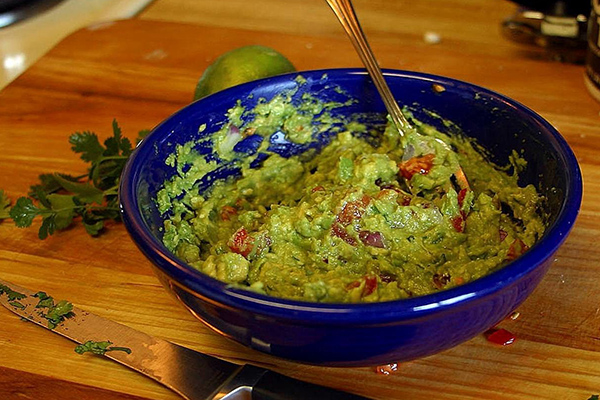
Leaving food out too long
You can’t always see or smell if your food has been contaminated by bacteria, so don’t just rely on spotting some green mold or smelling something odd. Certain foods should be kept at their respective temperatures, so be sure to follow the rule, “keep cold foods cold and hot foods hot.” The Food and Drug Administration (FDA) recommends keeping food out of the “danger zone”, between 40 to 140 degrees Fahrenheit.
Do not leave food out of proper temperature conditions for longer than two hours. This includes during preparation. Refrigerate leftovers in shallow containers to keep foods separated.
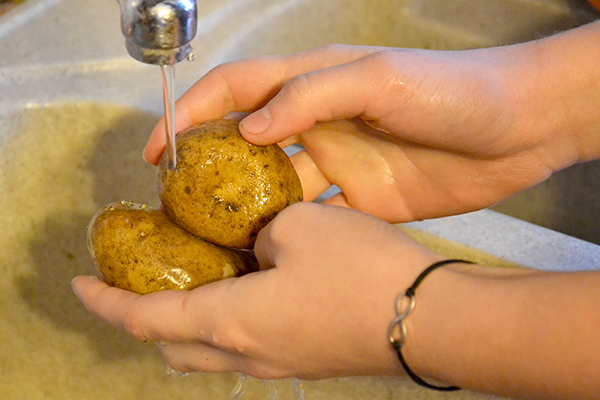
Improperly wash produce
If you think that your raw meats are the only source of possible bacterial infection in your meal prepping, think again. After produce is harvested, it passes through many hands, increasing the contamination risk. Contamination can even occur after the produce has been purchased, during food preparation, or through inadequate storage.
The FDA recommends washing fresh produce before you peel or cut it, even if you won’t be eating the peel or rind.
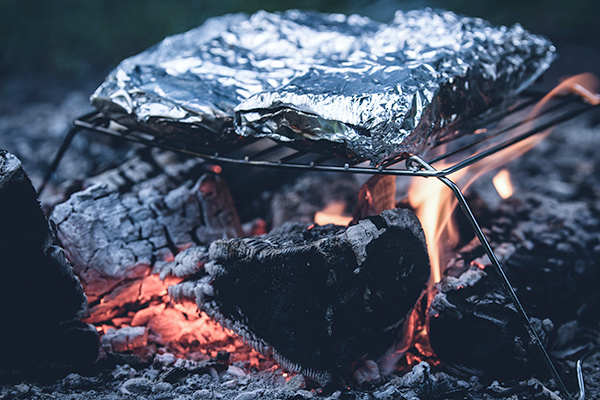
Improperly heating (and re-heating)
Many people know the importance of cooking your food all the way through to kill bacteria, but some don’t realize that leftovers should be re-heated to a certain temperature. Use a meat thermometer to make sure that your leftovers reach 165 degrees Fahrenheit.
Also, be sure to store your prepped meals safely. They can be stored in the refrigerator for three to four days or frozen for three or four months. When you store your food, be sure to write the date it was cooked or the day of the week you plan on eating it to make sure you get it enjoy it—before it goes bad.
Media contact: media@tamu.edu
